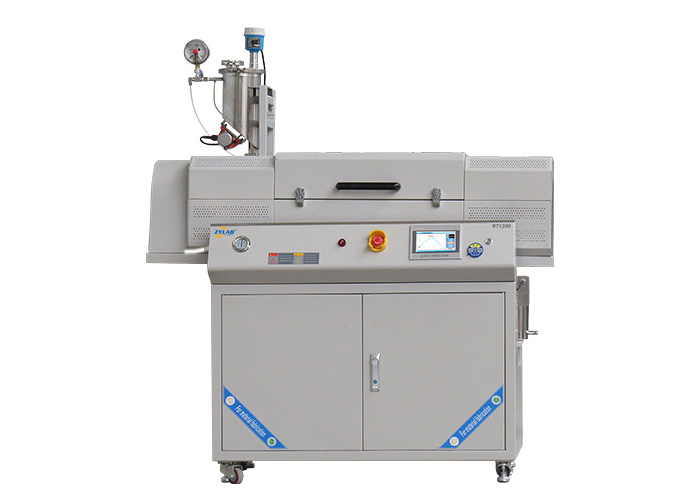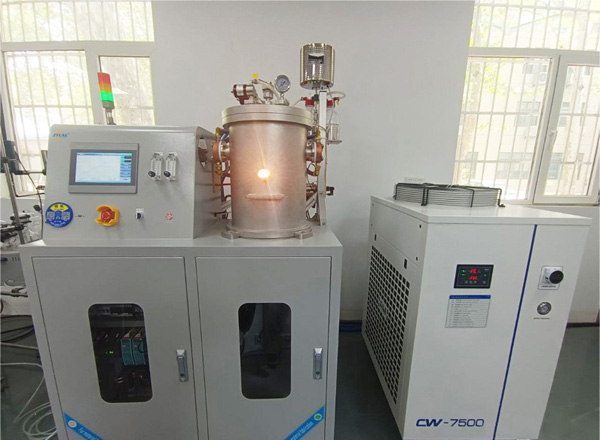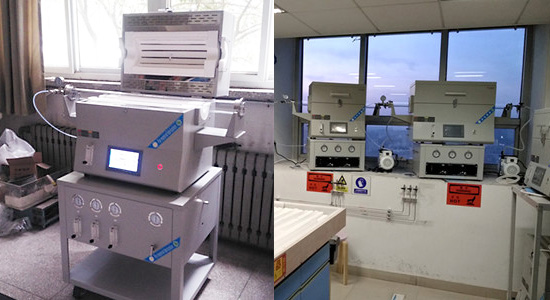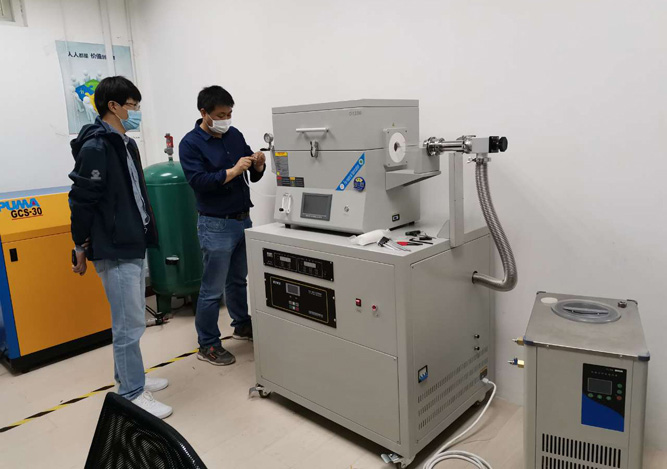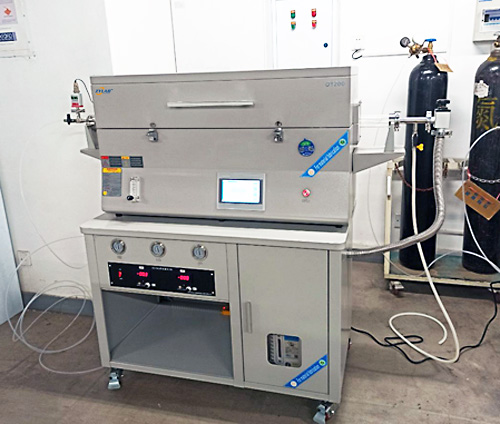The pyrolysis treatment of organic solid waste is an important environmental technology that involves heating waste in an anaerobic or oxygen-limited environment, breaking down its organic components into gaseous, liquid, and solid products.
These products not only reduce the overall volume of the waste but can also be further processed or used for energy production.
The key to pyrolysis treatment lies in the strict control of conditions such as heating temperature, pressure, and feed rate, ensuring the organic solid waste is fully decomposed and transformed.
Overview
With the growing awareness of environmental protection, solid waste (SW) management has become a key focus across various industries.
Traditional waste treatment methods, such as incineration and landfilling, although effective in reducing waste volume, often lead to significant pollutant emissions.
In contrast, the pyrolysis technology for organic solid waste offers a green solution for waste treatment and resource recovery.
By heating organic solid waste in an oxygen-free or inert atmosphere, it is decomposed into combustible gases, tar, and fixed carbon. This pyrolysis process not only reduces pollutant emissions but also provides the dual benefit of resource recovery.
Principle
Solid waste pyrolysis treatment is a thermochemical conversion technology that involves heating solid waste to temperatures above 400-500°C in an oxygen-free or oxygen-limited environment, causing the organic molecules to undergo cracking.
During the pyrolysis process, the solid waste is decomposed into the following main products:
Combustible Gases: The primary components include methane, hydrogen, carbon monoxide, etc. These gases can be further purified and used as fuel or chemical raw materials.
Tar: Tar is the liquid product generated during pyrolysis, which has a certain calorific value and can be used as fuel or chemical raw material.
Fixed Carbon: Also known as carbon black, it can be used for soil improvement, building materials, or industrial raw materials.
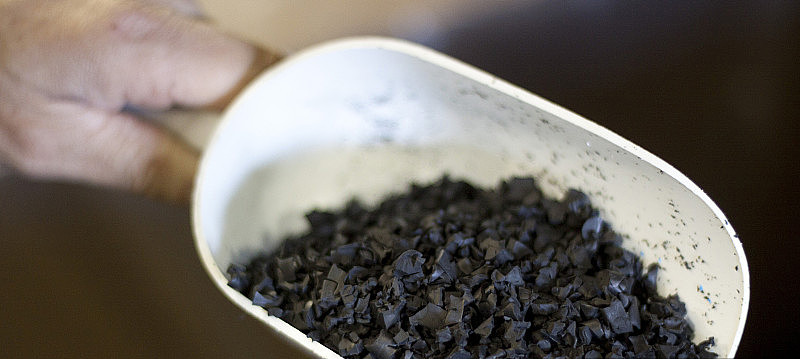
This treatment method takes advantage of the reducing atmosphere, significantly reducing the generation of pollutants.
For example, the emissions of NOx and SO₂ during pyrolysis are much lower than those from traditional incineration, offering significant environmental benefits.
Process
Pre-treatment: The solid waste is pre-processed by crushing, drying, and other methods to ensure that its particle size and moisture content are suitable for the pyrolysis process.
Pyrolysis Heating: The waste is heated in an inert or oxygen-limited atmosphere, typically at temperatures between 400-800°C. The temperature is adjusted based on the type of solid waste to achieve optimal decomposition.
Product Collection: Gaseous products and liquid tar are recovered through a condensation system, collected, and stored for subsequent use.
Residue Treatment: The solid residue (carbon black) can be used for soil improvement or industrial applications, further realizing the resource recovery of solid waste.
Advantages of Organic Solid Waste Pyrolysis Treatment
Compared to traditional incineration technologies, solid waste pyrolysis treatment offers the following key advantages:
Low Pollution Emissions: Since the pyrolysis process occurs in an oxygen-free environment, the emissions of pollutants such as NOx and SO₂ are significantly reduced, helping to improve air quality.
Resource Recovery: The combustible gases from pyrolysis can be purified and used as clean fuel, while solid products like carbon black can be utilized in industrial production, reducing resource waste.
Energy Saving: The energy required for pyrolysis treatment is relatively low, and with the recovery and reuse of the products, the entire process becomes more energy-efficient and environmentally friendly.
Strong Adaptability: Pyrolysis technology is suitable for treating various types of organic solid waste, such as waste plastics, rubber, biomass waste, and medical waste, offering a wide treatment range.
Common Applications
Solid waste pyrolysis technology has wide applications and is suitable for waste treatment needs across multiple fields, including:
Plastic and Rubber Waste: Pyrolysis can decompose plastics and rubber into fuel oil and carbon black, which can be used as substitutes for some petroleum-based fuels.
Biomass Waste: Materials such as wood chips and straw can be converted into biofuels and organic fertilizers through pyrolysis, making them suitable for agricultural and energy sectors.
Urban Organic Waste: Including kitchen waste and garden waste, pyrolysis treatment generates combustible gases and organic fertilizers that can be used as resources, helping achieve circular management of urban solid waste.
Medical Waste: Through high-temperature pyrolysis, harmful components in medical waste are destroyed, achieving harmless disposal and reducing environmental pollution.
Common Equipment for Organic Solid Waste Pyrolysis
In modern pyrolysis treatment processes, the advancement and automation of equipment are crucial. The Automatic In/Out Anti-Deposition Pyrolysis Furnace is an efficient pyrolysis device specifically designed for laboratory and industrial applications, capable of continuous and uniform pyrolysis treatment.
The following are the key features of this equipment:
Efficient Feeding and Discharge System: The Automatic In/Out Anti-Deposition Pyrolysis Furnace is equipped with two stainless steel screw conveyors (with pitches of 40mm and 60mm), allowing for adjustable feed rates to ensure even heating of the material and prevent deposition.
Precise Temperature Control System: This equipment has three independent temperature control units, with a temperature zone length of 600mm. By adjusting the temperature in each zone, optimal reaction results are achieved. The maximum heating temperature can reach 1200°C, making it suitable for various experimental needs.
Intelligent Automated Operation: The furnace uses PLC centralized control, with a 7-inch touchscreen for real-time data display, making it easy to operate. The equipment also features an alarm function for enhanced safety and reliability.
Efficient Cooling and Vibration Feeding: A 4-liter stainless steel water-cooled discharge tank on the right side is used for rapid cooling of the discharge, while a vibration motor controls the uniformity of feeding, further ensuring stable and safe operation.
Energy-Saving Design: The device uses high-purity Al₂O₃ fiber refractory insulation materials, providing excellent insulation performance and significantly reducing power consumption, making it suitable for high-temperature continuous experiments.
Organic solid waste pyrolysis treatment technology, with its low pollution, high efficiency, and resource recovery characteristics, is becoming an essential tool in solid waste management. The Automatic In/Out Anti-Deposition Pyrolysis Furnace provides strong support for the treatment and resource utilization of organic solid waste.
With the continuous advancement of environmental protection technologies, such equipment will play an increasingly important role in industrial production and experimental research, contributing to the achievement of sustainable development goals.
Share this entry
You might also like

